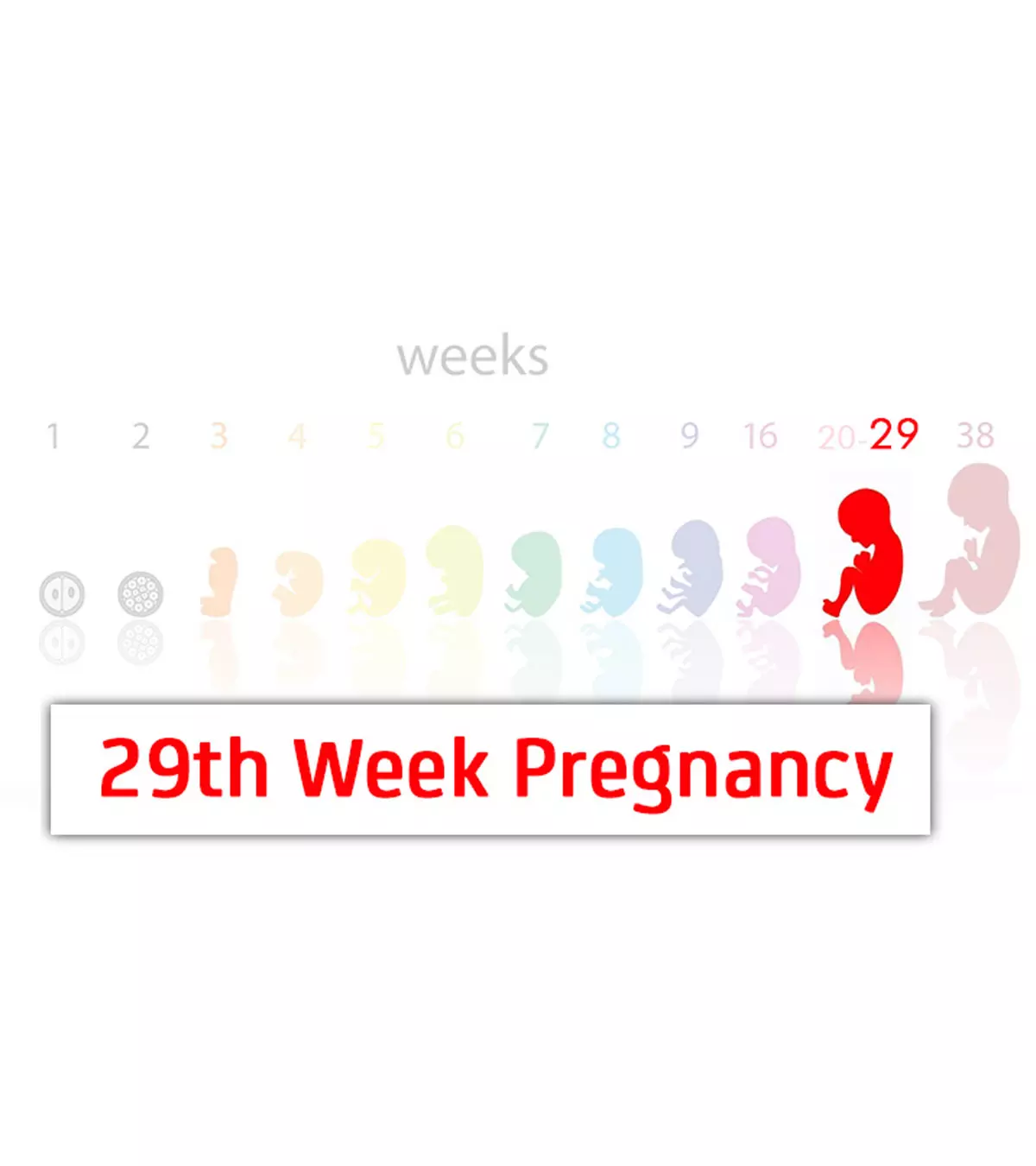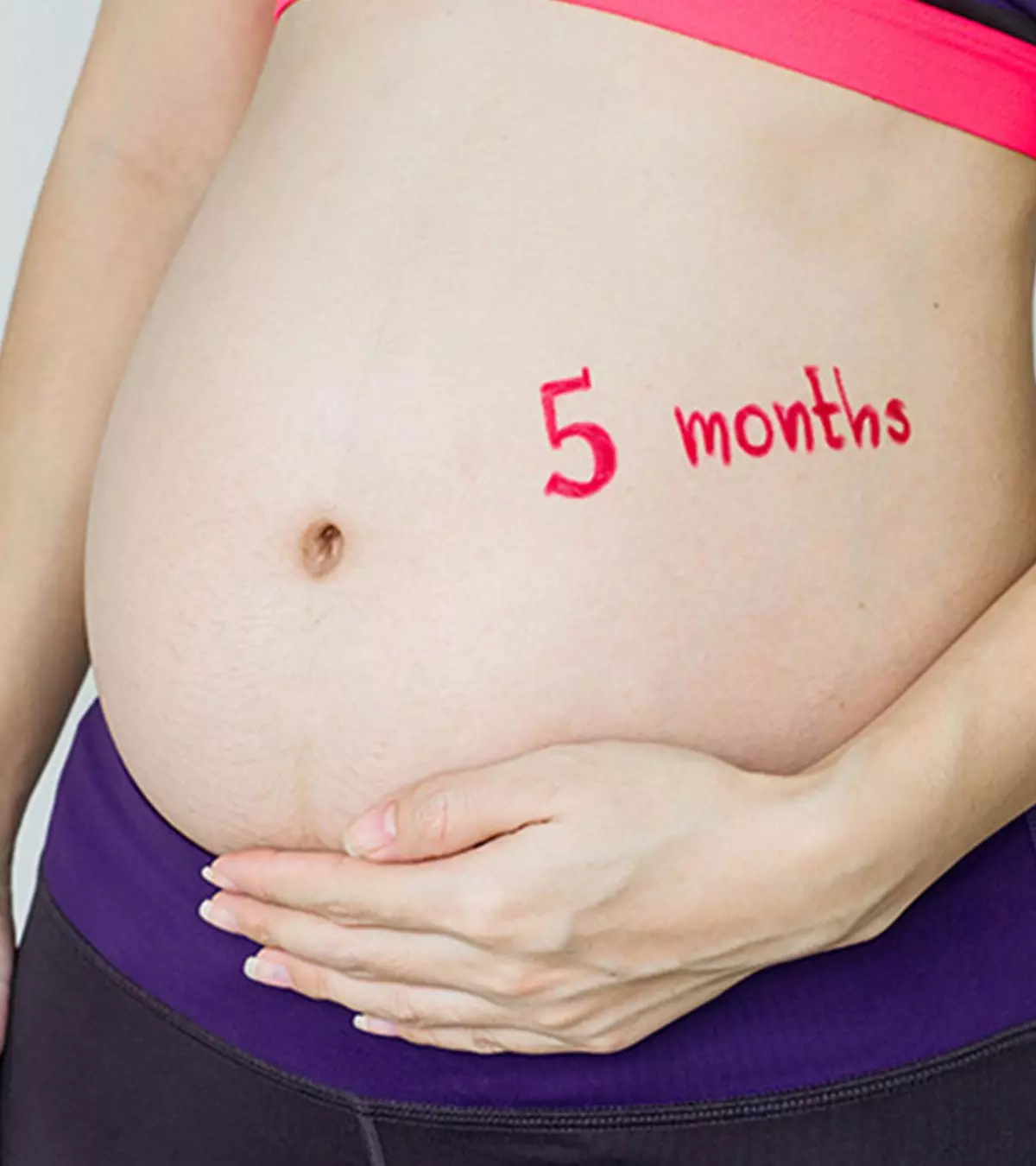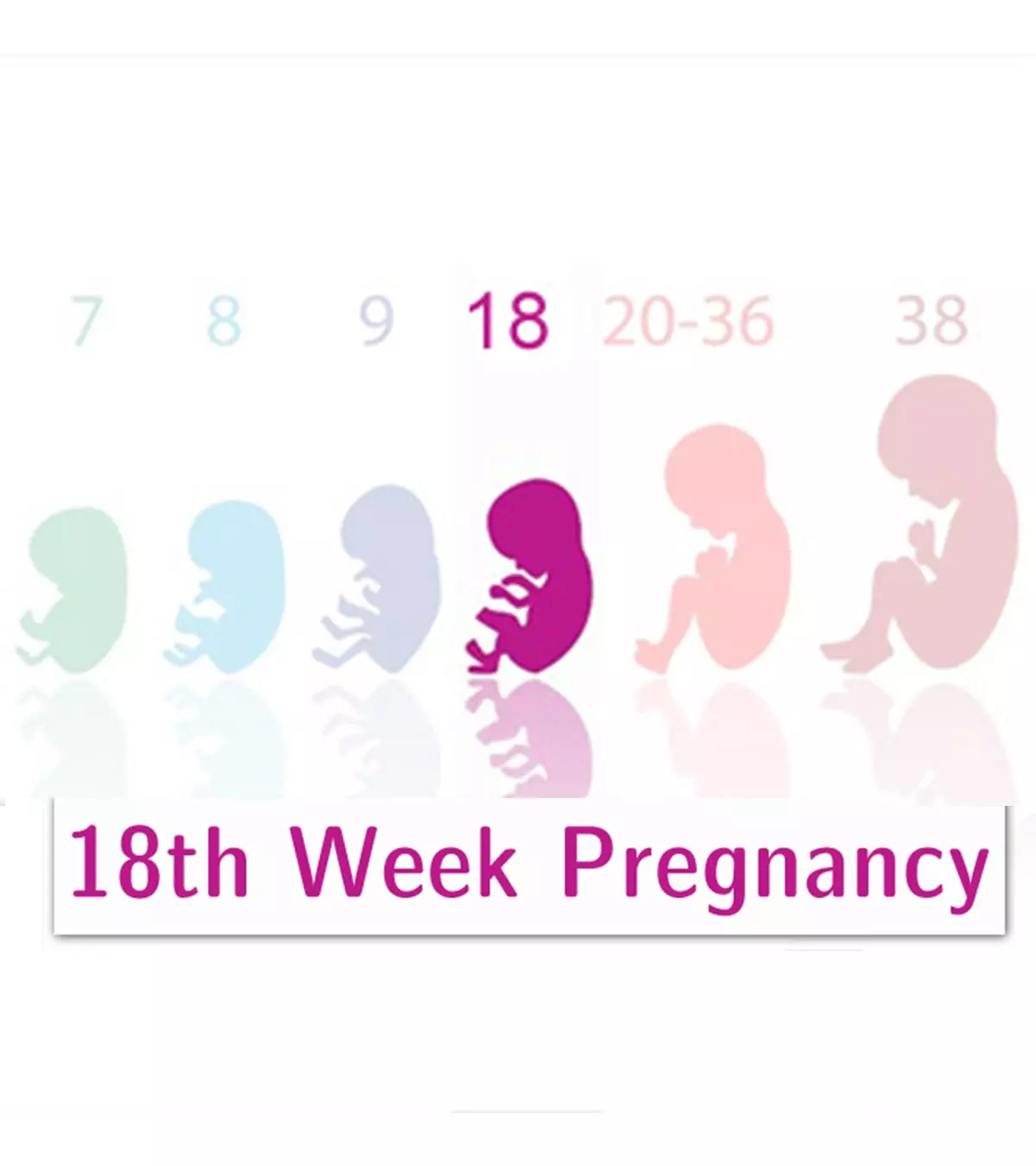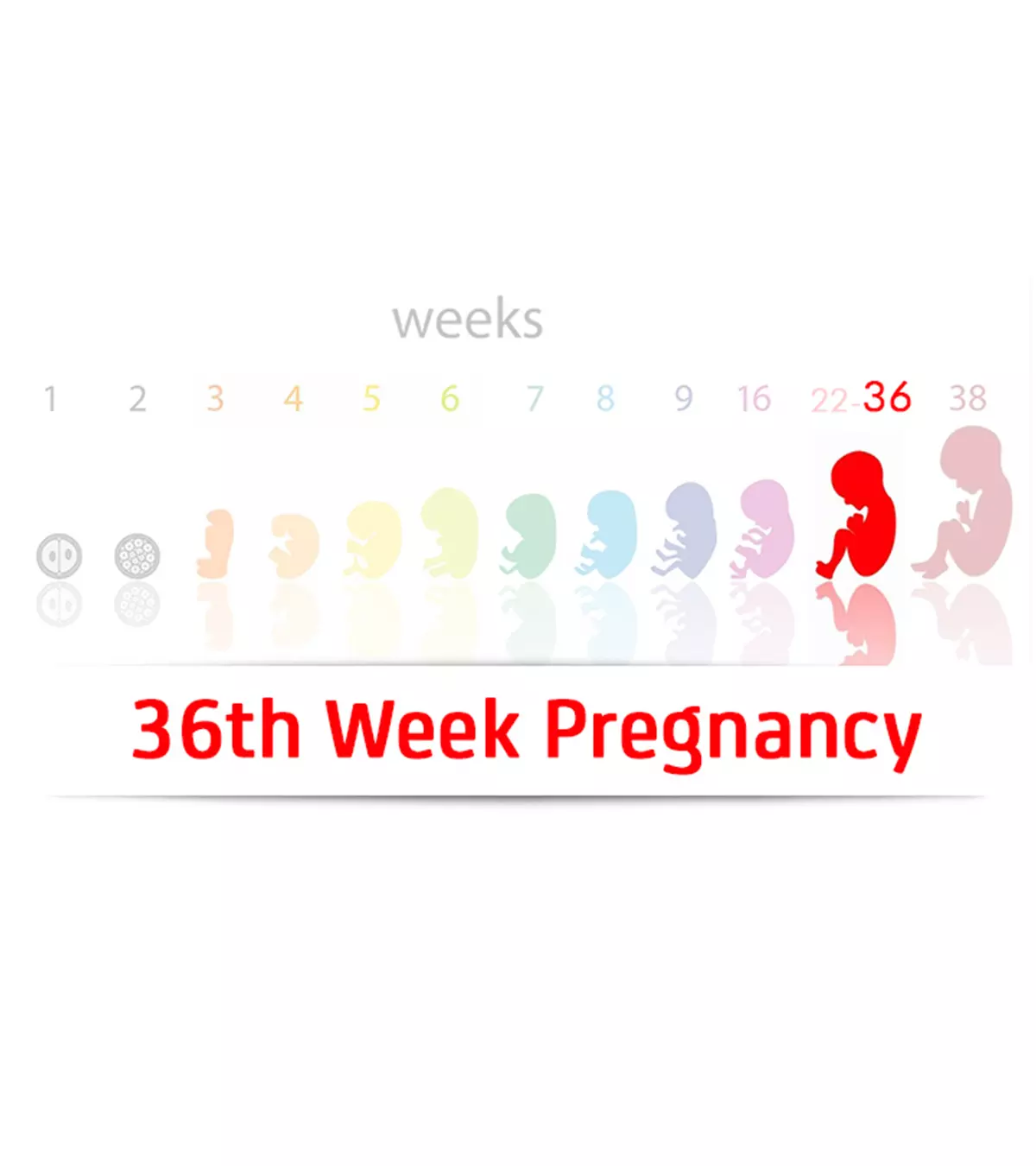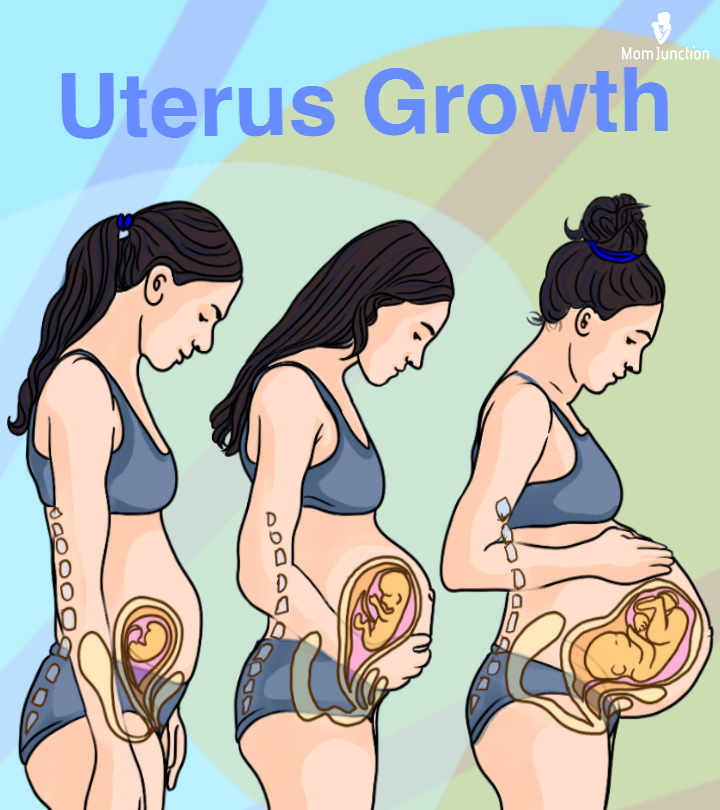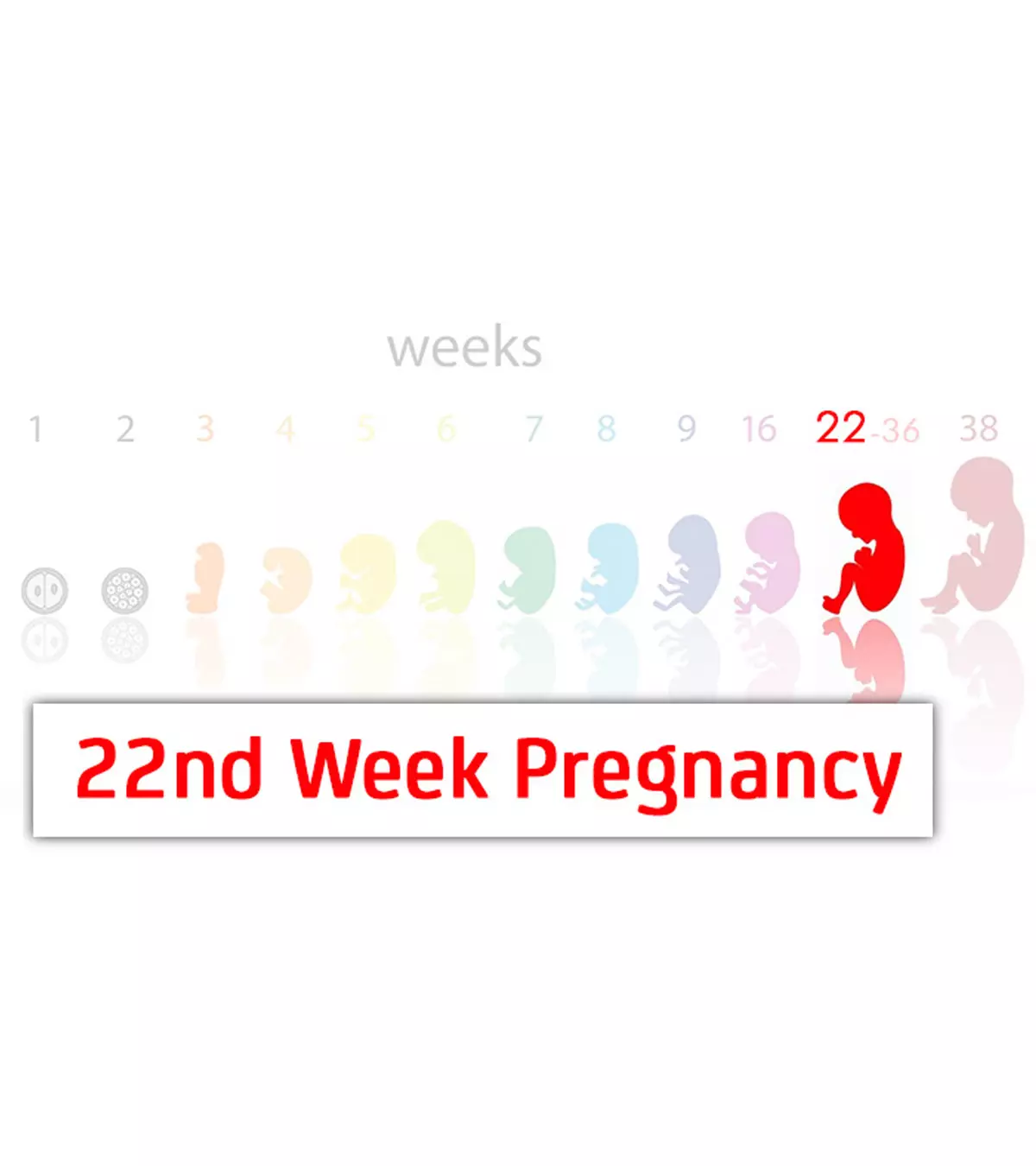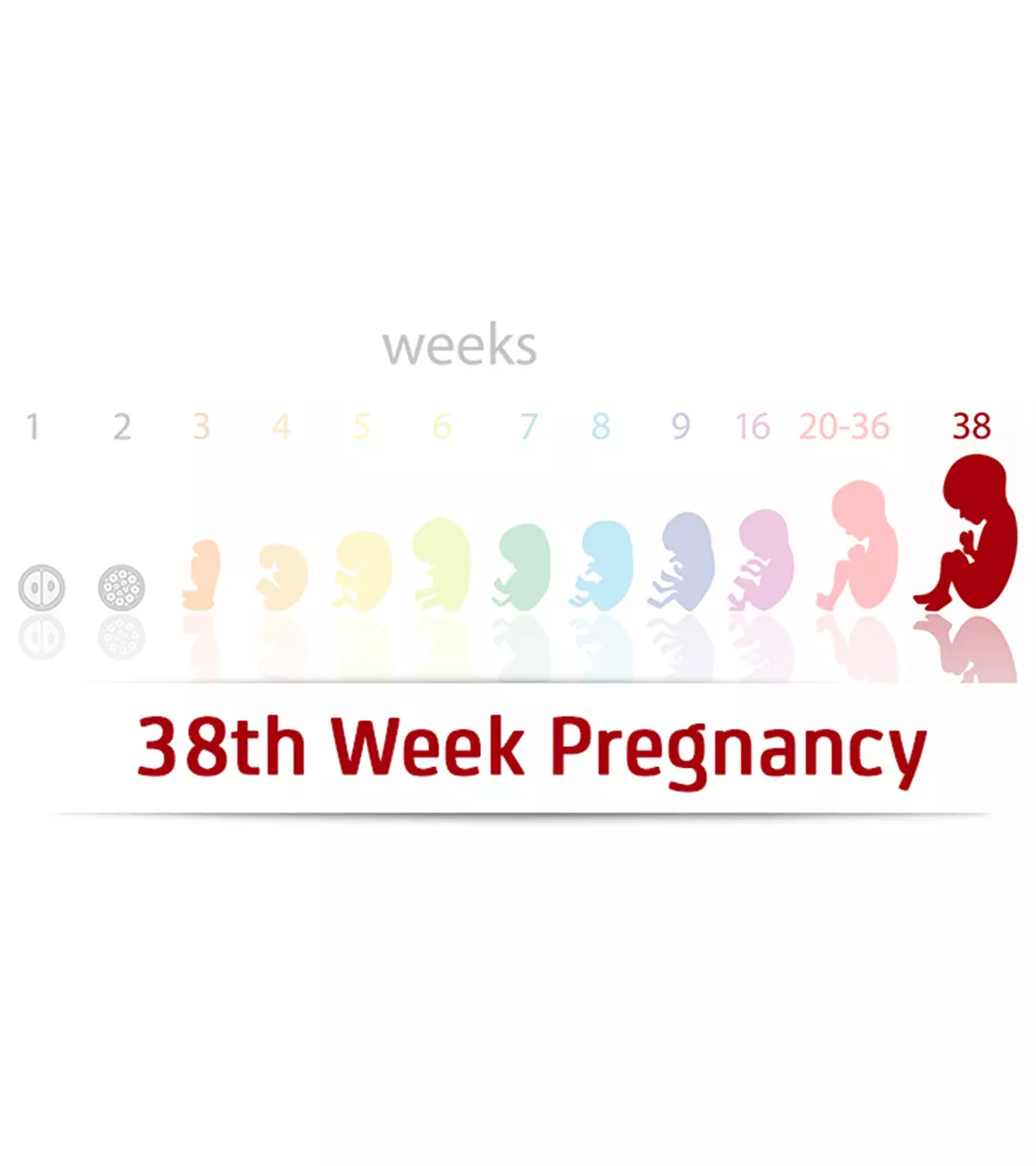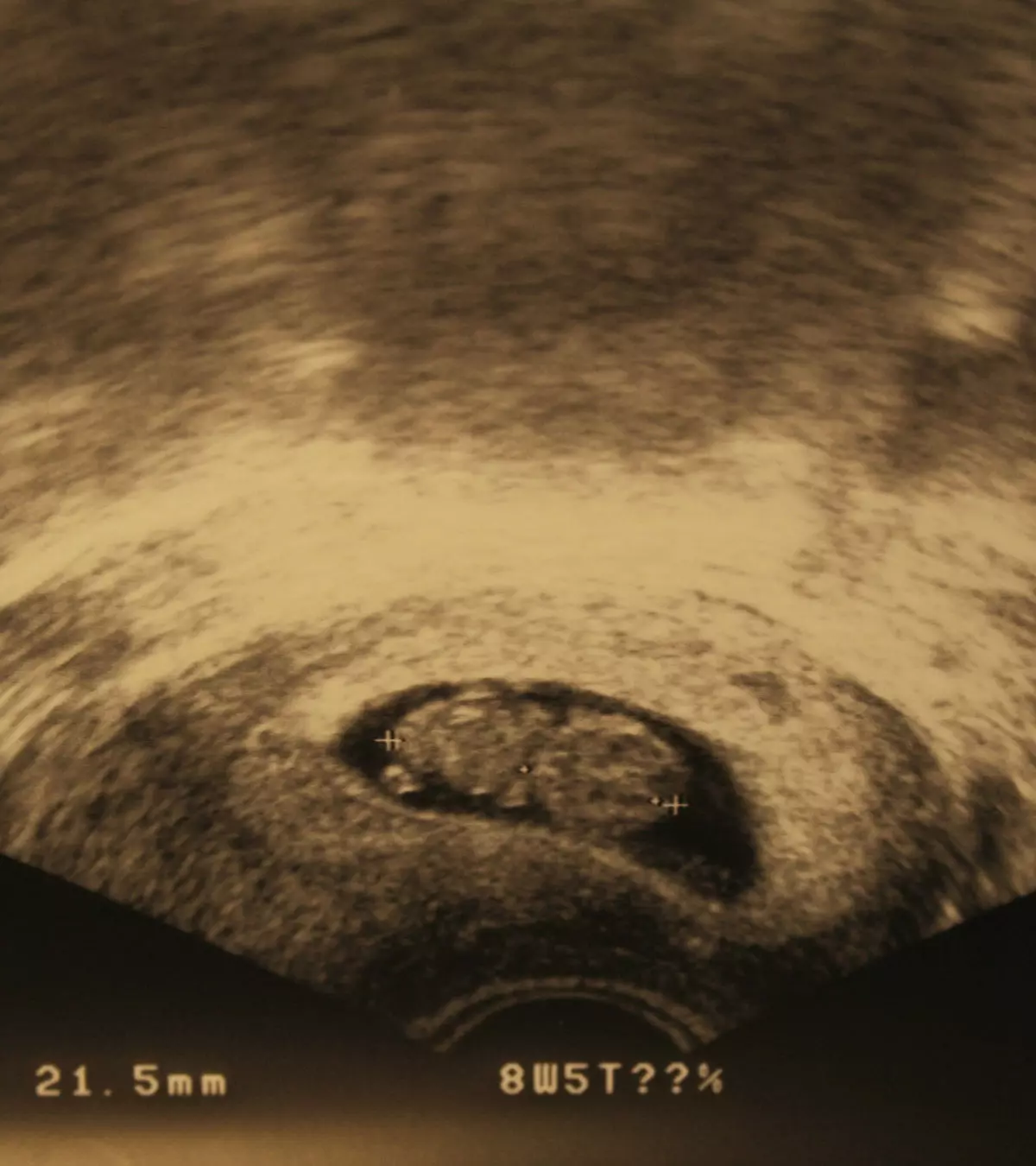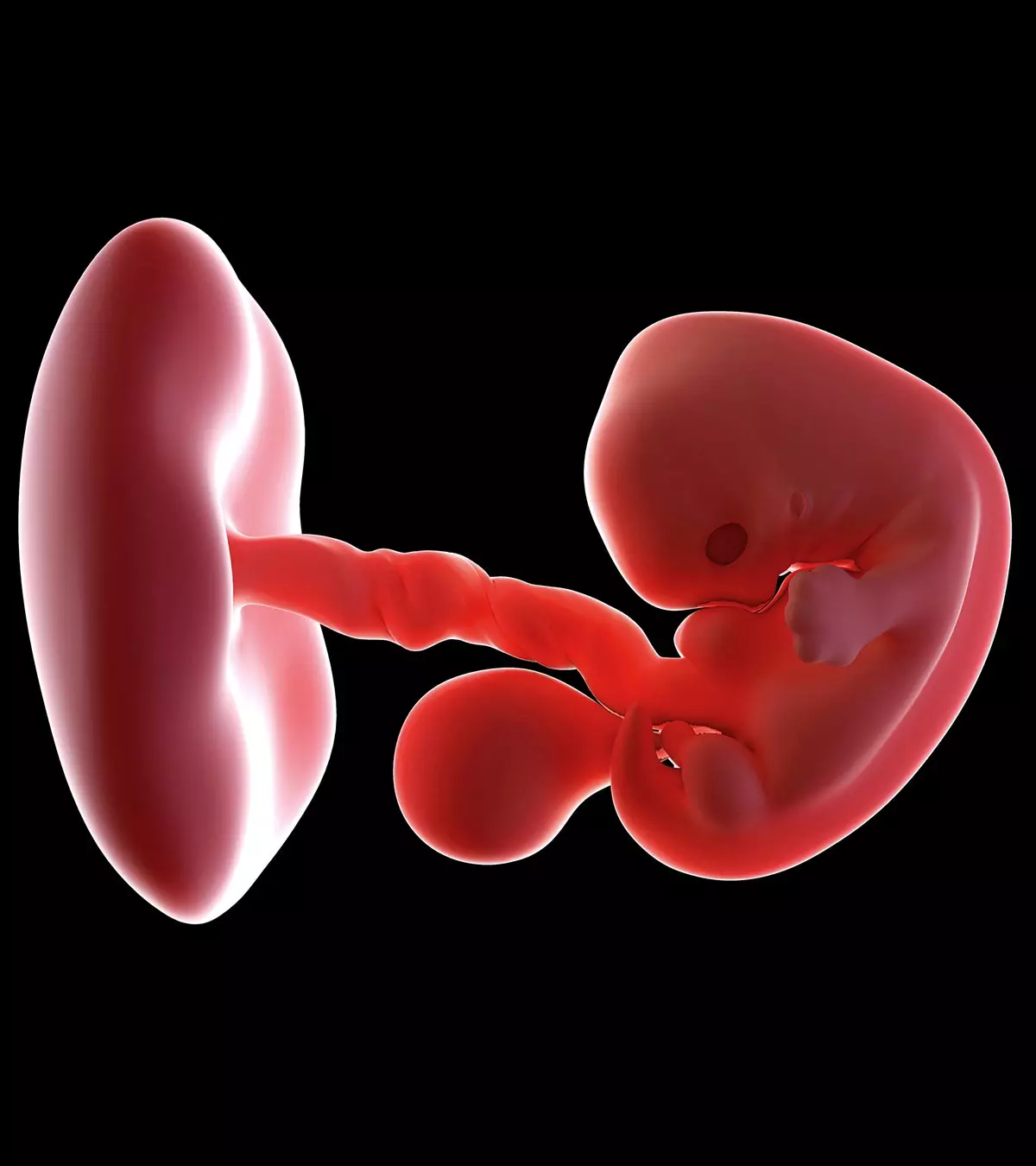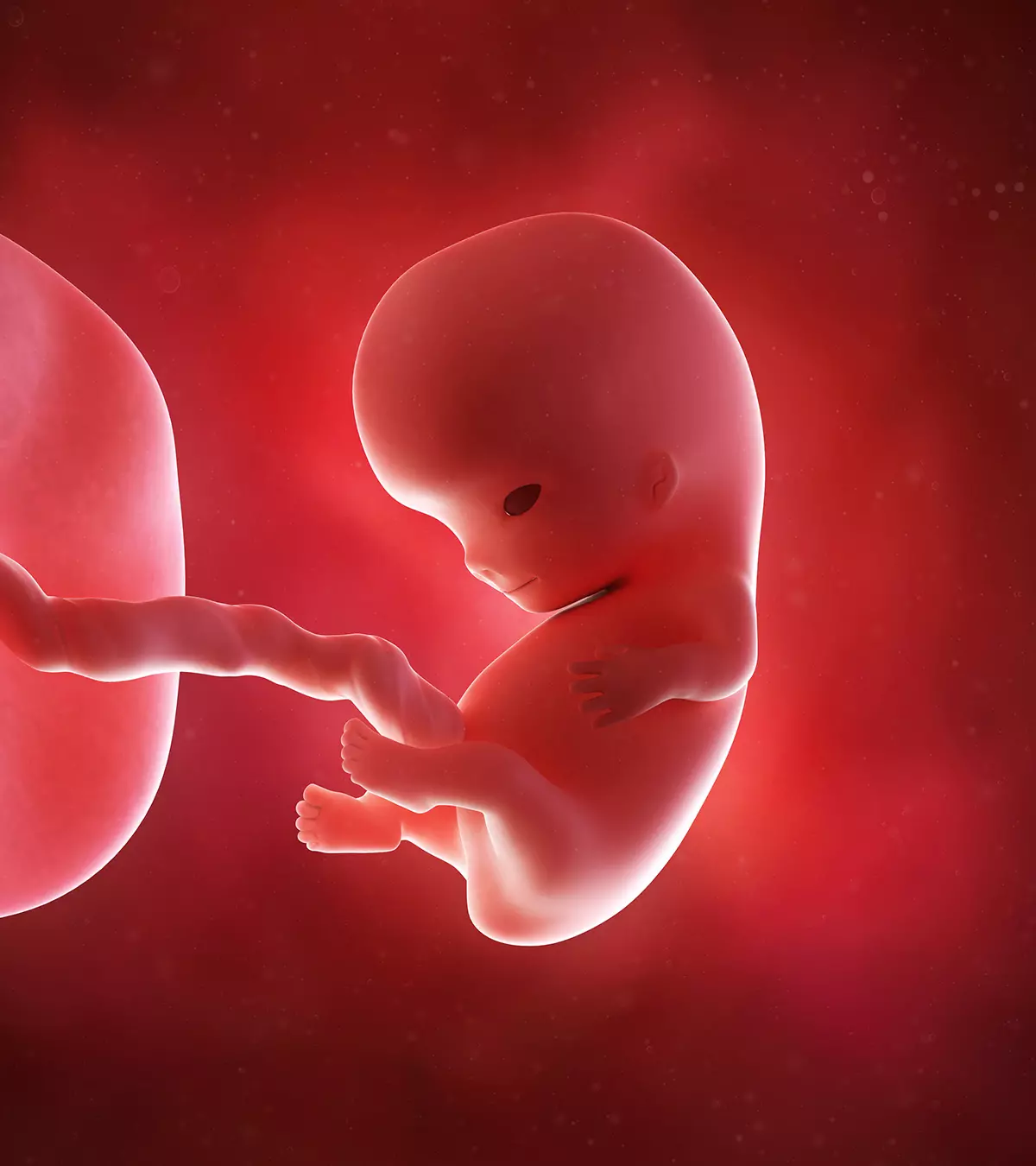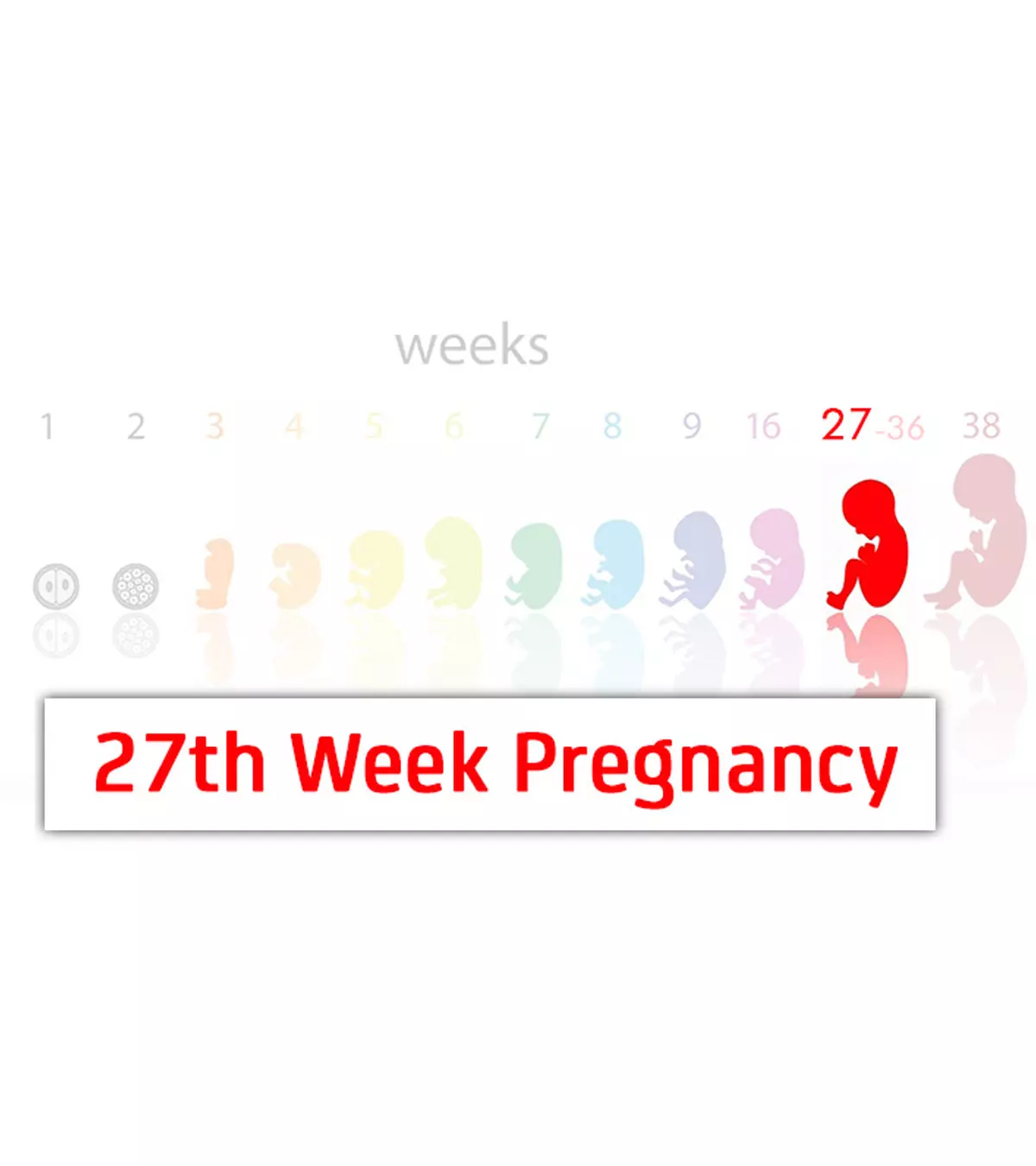
Image: Shutterstock

When a fetus starts developing, its cells are not differentiated into organs. Instead, gradually, the organs are formed through different developmental stages. In total, five phases of fetal lung development take place before the lung is matured enough to help babies breathe after birth. These five phases occur in a stepwise process at a fixed gestational ageiA term used to describe the stage of pregnancy after a woman’s last menstrual period .
Read this post to understand the stages of fetal lung development and the important aspects associated with each of them.
Key Pointers
- The fourth week of pregnancy marks the beginning of fetal lung development.
- The process involves five phases: embryonic, pseudoglandular, canalicular, saccular, and alveolar.
- In the alveolar phase, surfactant production starts, and bronchioles and air sacs grow.
- To ensure safe delivery, doctors use the FLM test to determine if the fetus’s lung development is appropriate.
What Is Fetal Lung Development?
During the nascent stageiThings or processes that are in the early stages of development of development, your little one is quite little indeed, no bigger than a ball of cells. Moreover, they have no special or dedicated cells yet. Fetal lung development begins at around four weeks of the gestational age. An early differentiation stage segregates cells into various different layers; one layer forms the organs. Lungs develop from the segregated cells and gradually become more efficient and adapt to respiration (1).
Fetal Lung Development Stages

Image: ncbi.nlm.nih.gov
Fetal lung development has five distinct phases, which we discuss below:
1. Embryonic phase
The embryonic stage of the fetal lung development begins at around four to five weeks of the gestational age. During the embryonic stage, two tiny buds branch off, one of them forms the right lung and the other forms the left lung. The larynx or voice box and trachea or windpipe develop from the foregutiA part of the primitive gut tube of the embryo that gives rise to the esophagus, stomach, pancreas, liver, and a part of the duodenum in an embryonic phase.
2. Pseudoglandular phase
The pseudoglandular stage of fetal lung development begins at around five to 17 weeks of gestational age. Medical studies conclude that the original lung buds branch into smaller and numerous units in the pseudoglandular phase. Over a time span, each bud develops into an independent unit consisting of respiratory bronchioles and lots of capillary vessels that supply the blood to lungs for its oxygen requirements (2).
3. Canalicular phase
The canalicular phase of fetal lung development begins around 16 to 24 weeks of gestational age. During the canalicular phase, a barrier develops between the air and blood, which enables the lungs to supply oxygen to respiratory capillaries and enable the carbon dioxide to depart from the respiratory capillaries to the lungs. Different tissue types develop in the fetus’ lungs during the canalicular phase distinguishing oxygen-carrying tissues from the blood-carrying tissues. This vascularization process ensures the lungs efficiently exchange gases, which is vital for the fetus’s respiratory health after birth (3).
4. Saccular phase
During this phase, clusters of enlarged airspaces, known as terminal sacs or saccules form. Hence, this phase is also referred to as the terminal sac stage. In this phase, the fetus gets into the saccular phase of the lung development at around 26th week of gestational age (3).The production of pulmonary surfactant starts in the saccular phase of lung development. Surfactant is nothing but a soapy fluid that helps keep the lung open and prevents it from collapsing during exhalation. Surfactant is extremely crucial during the delivery since it allows the amniotic fluid in the lungs to drain away and fills the lungs with air appropriately. Premature babies are more prone to respiratory issues and health conditions, such as lung collapse, if they are born before the adequate formation of surfactant. Moreover, air sacs fill up during the saccular phase. Therefore, a baby born before the saccular phase is fully developed will likely have immature lungs, which are more solid and tend to collapse during exhalation.
 Things to know
Things to know5. Alveolar phase
The alveolar stage, or the last phase of fetal lung development, lasts until your little one sees the world and beyond until her early childhood.
Additional production of surfactant continues during the alveolar phase. There is growth in the bronchioles and air sacs, or alveoli. Moreover, gas-carrying tissues of the lungs expand and become more efficient for carrying air during the alveolar phase. (4)
 Quick fact
Quick factHow To Know Fetal Lung Development For Safe Delivery?
The Fetal lung maturity or FLM test helps predict whether fetus’ lung growth and development is appropriate for safe delivery. However, FLM prohibits delivery before 39 weeks. (1)
 Quick fact
Quick factFrequently Asked Questions
1. What week are the fetus’s lungs fully developed?
By 36 weeks of gestation, the fetus’ lungs are fully developed, and babies can now breathe independently after birth (6). However, those born before 36 weeks (premature birth) cannot breathe independently because their lungs may not be fully developed.
Adam Hill, a father and blogger, recounts the respiratory challenges his daughter had following her premature birth at 25 weeks and 3 days. He says, “Each call, each visit, there would be something new. Detection of a virus, an increase in temperature, blood sample results, brain scans, a collapsed lung, heart scans… It was exhausting. After several setbacks and with steroids being required to help Flora breath, she was diagnosed with Chronic Lung Disease (CLD) coming up to five weeks old. While quite common in premature babies, this felt tough. We were told it would be at least two weeks before she would be transferred and that it was very likely that she would need to come home on oxygen (i).”
2. At what gestational age do lung buds first appear?
The formation of lung buds (lung anlage) starts during the embryonic stage of lung development, around 4-7 weeks of gestation. The buds begin to elongate and branch, forming a new generation of airways and growing into the surrounding mesenchymeiUndifferentiated animal embryonic connective tissue that gives rise to most tissues, including skin, blood, and bone (7).
3. At which stage in lung development is there an increase in vascularizationiProcess of incorporating blood vessels into the tissue to enhance the delivery of nutrients and oxygen and exchange of metabolites ?
At the canalicular stage in lung development during the 16-25 weeks of gestation, the bronchoalveolar duct junction and the gas exchanging portion of the lung are formed and vascularized (8).
The phases of fetal lung development begin from the embryonic phase, leading to the formation of the essential parts of the lungs gradually. Different parts of the respiratory system develop through phases. The alveolar phase is the last phase where the bronchioles and alveoli or the air sacs within the lungs are developed. Each phase begins at different weeks of the gestational period, and knowledge about it can aid in tracking fetal development week by week. Your doctor may set a due date for a healthy and smooth delivery based on the progress of your fetal lung development. If preterm delivery is inevitable, you will be prescribed steroid injections to enhance your baby’s lung maturity.
Infographic: What Are The Major Phases Of Lung Development In Fetus?
The fourth week of gestation marks the beginning of fetal lung development, and from here, it takes five stages for the baby’s lungs to be fully developed to breathe in the air. Check out the infographic below to learn about the five stages of fetal lung development.
Some thing wrong with infographic shortcode. please verify shortcode syntaxIllustration: Major Phases Of Fetal Lung Development

Image: Dalle E/MomJunction Design Team
Learn in detail about how the lungs and respiratory system develop in the fetus and the phases involved in this process in this informative video.
Personal Experience: Source
MomJunction articles include first-hand experiences to provide you with better insights through real-life narratives. Here are the sources of personal accounts referenced in this article.
i. 25 weeks and 3 days…;https://medium.com/adshill/25-weeks-and-3-days-cce4d69ac1a2
References
- Guoyang Luo and Errol R Norwitz; (2008); Revisiting Amniocentesis for Fetal Lung Maturity After 36 Weeks’ Gestation.
https://www.ncbi.nlm.nih.gov/pmc/articles/PMC2505159/ - Respiratory System Development.
https://embryology.med.unsw.edu.au/embryology/index.php/Respiratory_System_Development - LUNG DEVELOPMENT.
http://www.columbia.edu/itc/hs/medical/humandev/2004/Chpt12-LungDev.pdf?q=the-control-of-the-development-of-the-pulmonary-surfactant - Alison A Hislop; (2002); Airway and blood vessel interaction during lung development.
https://www.ncbi.nlm.nih.gov/pmc/articles/PMC1570917/
http://www.columbia.edu/itc/hs/medical/humandev/2004/Chpt12-LungDev.pdf?q=the-control-of-the-development-of-the-pulmonary-surfactant - You and your baby at 36 weeks pregnant.
https://www.ncbi.nlm.nih.gov/pmc/articles/PMC1570917/
https://www.nhs.uk/pregnancy/week-by-week/28-to-40-plus/36-weeks/ - Johannes C. Schittny; (2017); Development of the lung.
https://www.ncbi.nlm.nih.gov/pmc/articles/PMC5320013/ - Peter Rothstein; (2004); Lung Development.
http://www.columbia.edu/itc/hs/medical/humandev/2004/Chpt12-LungDev.pdf - Sana Rehman and Dhouha Bacha; (2025); Embryology, Pulmonary;
https://www.ncbi.nlm.nih.gov/books/NBK544372/#
Community Experiences
Join the conversation and become a part of our nurturing community! Share your stories, experiences, and insights to connect with fellow parents.
Read full bio of Dr. Anuradha Bansal
Read full bio of shreeja pillai
Read full bio of Rebecca Malachi
Read full bio of Aneesha Amonz





